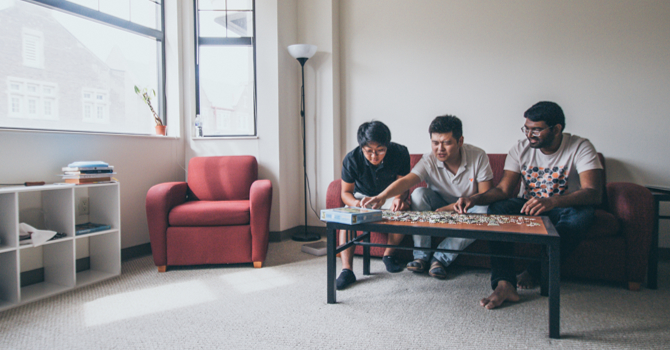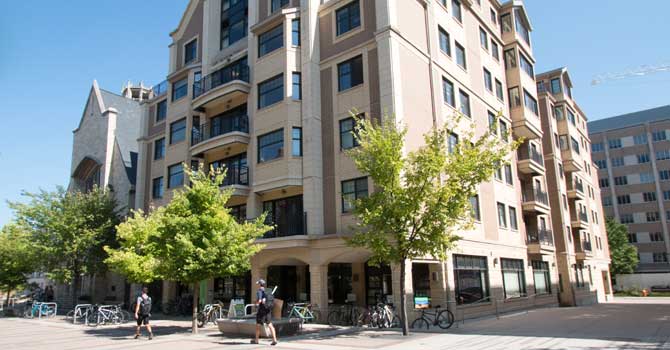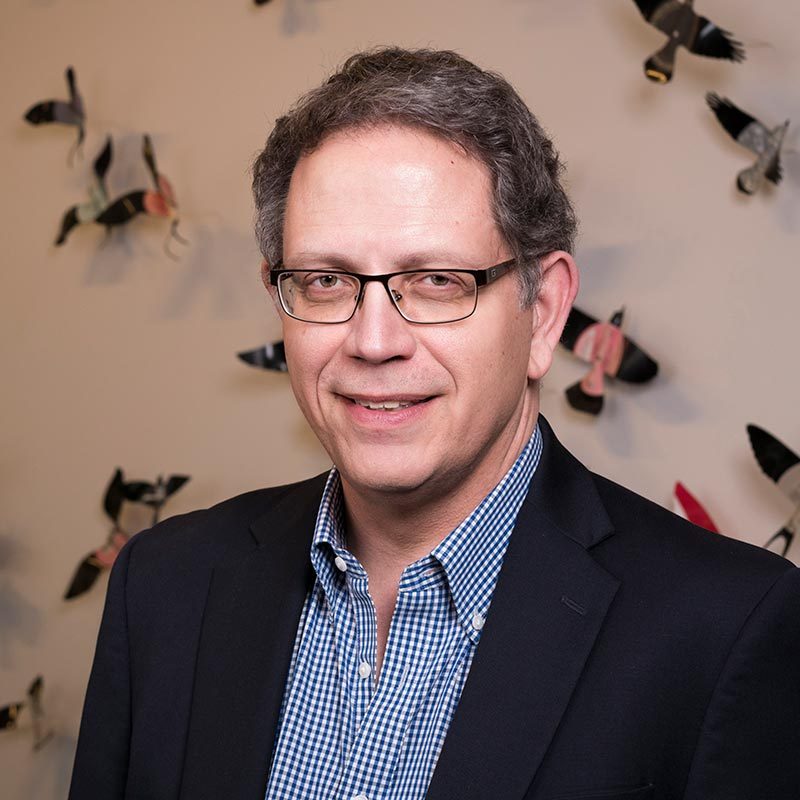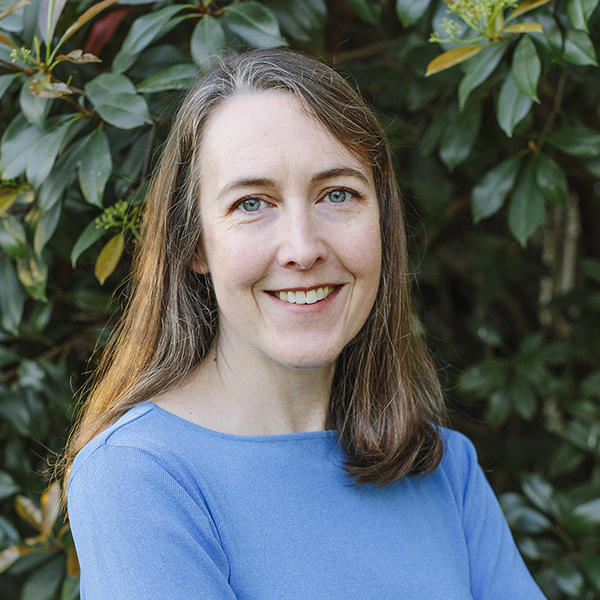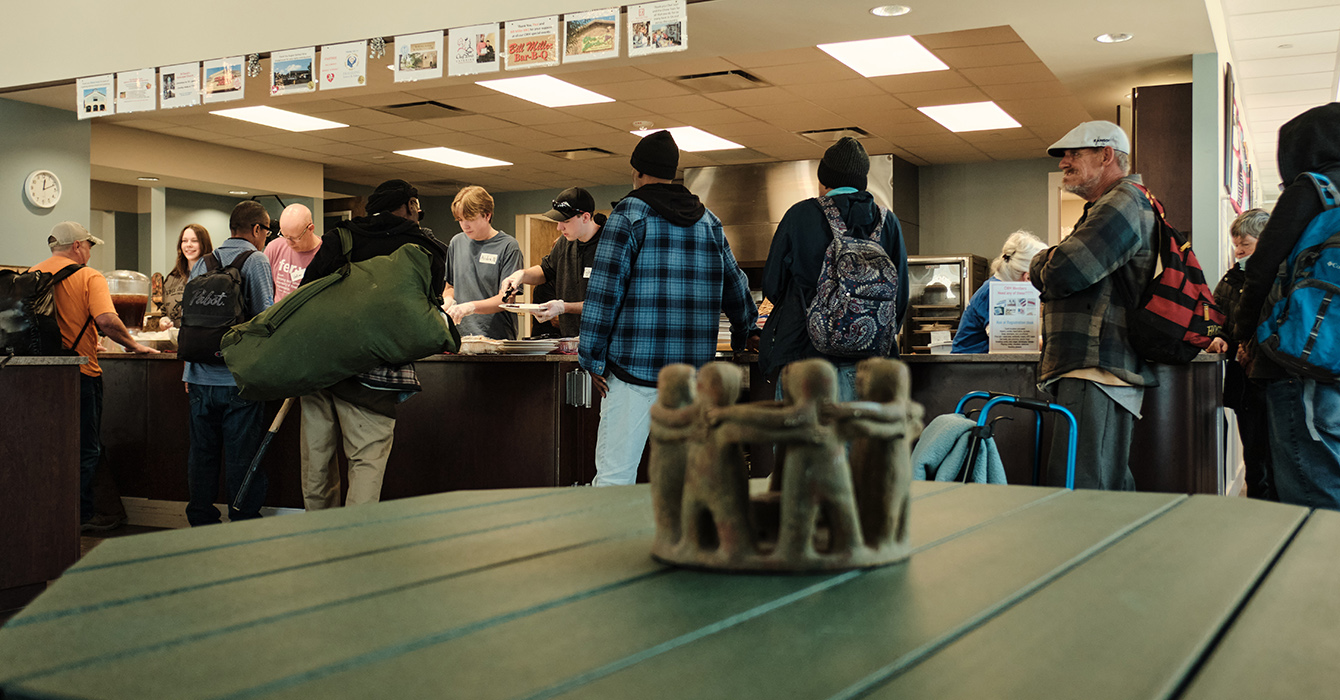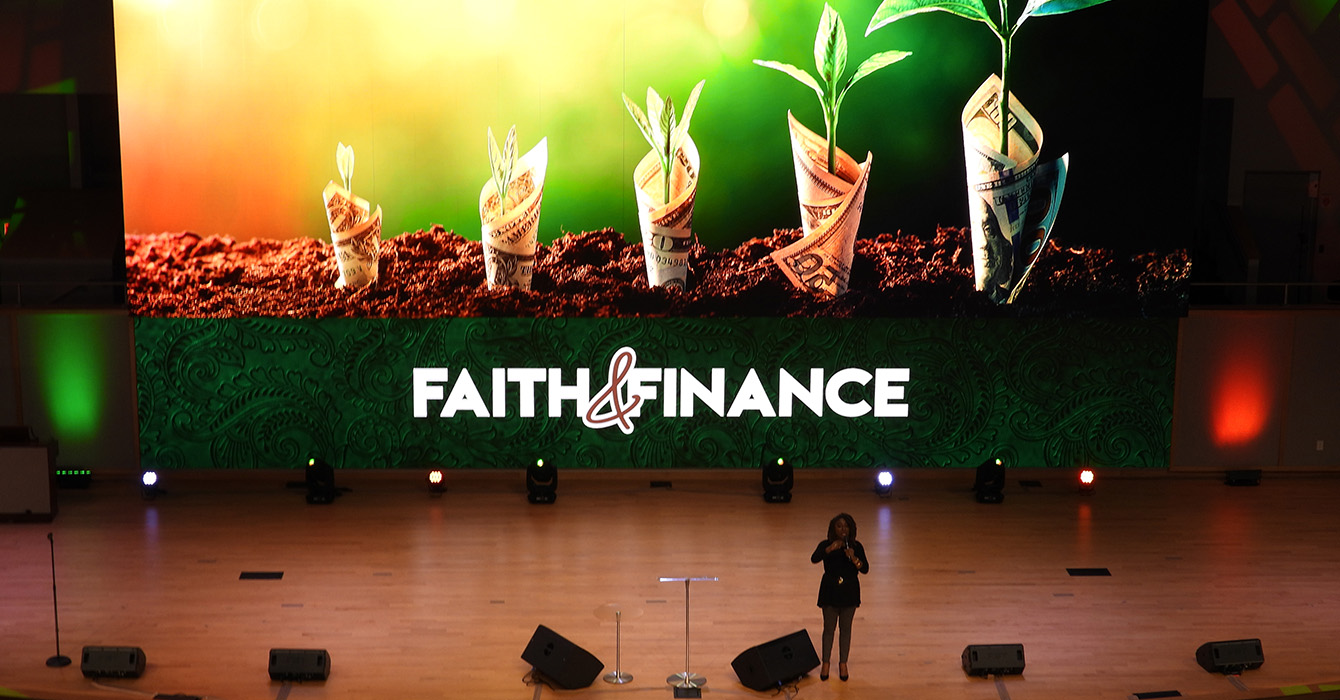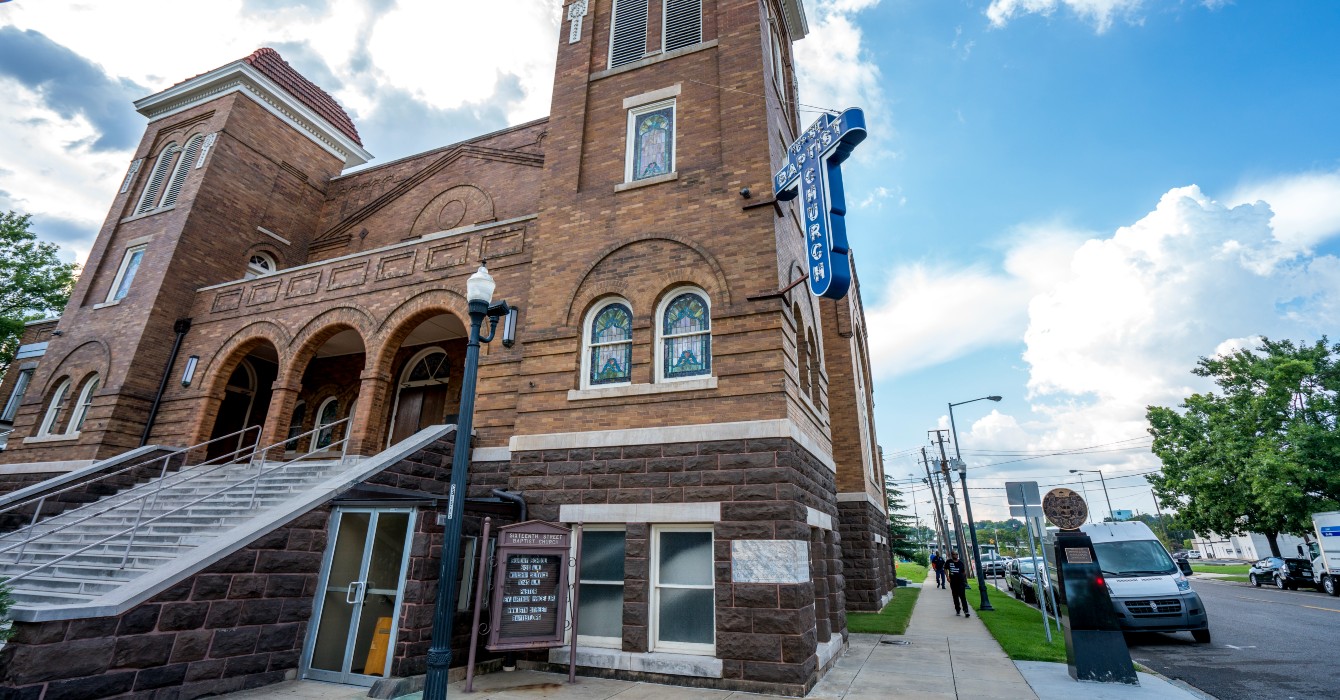Mark Elsdon is an evangelist for abundance. And his aim is to persuade leaders in congregations, judicatories and denominations to use that abundance to support their institutions and to change the world.
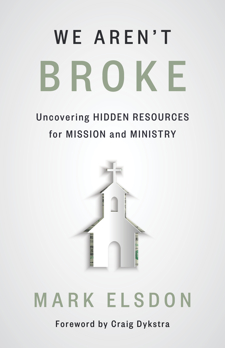
Eerdmans Publishing Company
He is the author of “We Aren’t Broke: Uncovering Hidden Resources for Mission and Ministry,” in which he lays out his argument that the church could be putting its assets -- property and money -- to better use.
That might seem ridiculous to a congregation struggling to pay rent, repair its aging edifice or stretch small grants as far as it can. But he points to the billions of dollars that the church (writ large) currently has invested in the stock market and suggests that those funds could instead be put to work by investing in projects and ideas.
“If everything we have is what God has given to us to be stewards of, is really the best use -- the highest and best use of that money -- to generate as much money as possible?” Elsdon said. “Or might it be to generate as much good as possible?”
He holds up as an example Pres House, a combination church, campus ministry and seven-story apartment building on the University of Wisconsin-Madison campus, where he is executive director.
Elsdon also is co-founder and a director of RootedGood, a nonprofit that empowers institutions, social enterprises and entrepreneurs to create systemic change.
An ordained minister in the Presbyterian Church (U.S.A.), he earned an M.Div. from Princeton Theological Seminary and an MBA from the University of Wisconsin School of Business.
Elsdon spoke to Faith & Leadership’s Sally Hicks about his book and his belief that the church is not, in fact, broke. The following is an edited transcript.
Faith & Leadership: A lot of people are saying the church is broke. Your book offers a counterargument to that. What is it?
 Mark Elsdon: Not every church is in the same position; it varies quite a bit based on tradition, denomination. Historically, white denominations tend to have a lot more wealth than immigrant denominations or African American churches. There’s quite a bit of disparity, as there is in most of our economics.
Mark Elsdon: Not every church is in the same position; it varies quite a bit based on tradition, denomination. Historically, white denominations tend to have a lot more wealth than immigrant denominations or African American churches. There’s quite a bit of disparity, as there is in most of our economics.
I understand the challenges of finding resources and money. Certainly, the narrative of decline in terms of membership and giving from the plate is true and real, and budgets shrink as a result of fewer people.
However, there is a whole stack of money, of resources, that we often don’t think about, but it’s there. And it’s there -- at least broadly in the church -- in enormous dollar amounts.
That would be both property and invested assets.
The Interfaith Center on Corporate Responsibility is a network of religious-affiliated institutions that have more than $4 trillion of assets under management.
The pension funds of all of the mainline denominations have billions upon billions, sometimes tens of billions, of dollars of assets invested. Foundations, church endowments, colleges and seminary endowments -- basically, anyone connected to a church in any way is connected in some way to invested assets.
When we say we’re broke, it honestly isn’t really true. We may not have the program funds coming in or the plate-giving funds coming in, but we actually, in this moment as a church, own massive amounts of assets. That’s what I mean when I say we technically aren’t broke.
F&L: One of the things you talk about doing with that money is “impact investing.” What is that, and what would it change?
ME: Typically, we have segregated our money into two pockets -- the pocket that makes money and the pocket that gives money away.
We do this as individuals, and we’ve also done this in the church. Most of our investments sit in traditional investment portfolios: the stock market, bonds, some perhaps private equity. There are some other options that are there.
On the other end of the spectrum, we give money away.
The church typically has segregated those two and has made money on their investments in order to generate revenues to then use for mission activity, fund the programs or whatnot.
Impact investing is a way in which we move to bring those two together, so we’re actually investing intentionally in mission-oriented, positive-impact dividends.
Now, sometimes it means some of the financial returns are different or have to change. But the impact that the full value of that money is making 24 hours a day, seven days a week, every minute of the day is significant.
It also has the potential to allow the church to do some of the sorts of projects that we have envisioned, such as getting involved in housing projects or grocery co-ops or other things that require a level of funding that’s much larger than we might be able to offer with a grant or a program or a donation.
F&L: How is your organization Pres House an example of this?
ME: At Pres House, we have a facility that houses 240 students and generates a little over $2 million a year. The financing of that is a combination of marketplace financing and an impact investment.
A portion of our financing is an impact investment from the Synod of Lakes and Prairies. They took a quarter of their endowment, $2.5 million of a $10 million endowment, out of the stock market.
We have their capital in our projects as part of our financing, and we use that capital -- 24/7 again -- to provide mission and ministry to students. We pay back a financial return through the synod, which they then use to do their programming.
F&L: What are the obstacles to this approach?
ME: There are quite a few. I would say one is a theological understanding of the use of money in the church that has bought into a very traditional economic understanding of the use of money rather than, perhaps, God’s economy.
This is the idea that as an investor or as an owner of capital, we should aim to always seek the highest financial return on that money, wherever it can be found, at the lowest risk possible, wherever it can be found.
Where did that idea come from? That idea is not, in my mind, a biblical idea or a Christian idea. It’s largely an American, certainly a Western economic idea. We have absorbed that in the church as the way we do it. We venerate endowment managers that can generate huge returns year over year at very low risk.
Why, exactly? Is that the purpose of the money God has lent to us for us to use while we are on this earth, while our institutions exist?
Sometimes, it’s simply a lack of imagination to understand what is possible. Then when people start to see what’s possible, it opens up all these other ideas about what we can do.
F&L: How does it help you if you have buildings but not enough money?
ME: You’re absolutely right. And again, it varies very much contextually, especially with property. As the real estate saying goes, “It’s all about location, location, location.”
In some cases, properties are worth a great deal, and in other cases, they’re really not. But in certain urban areas where many churches find themselves, they could be worth a great deal.
So the question is: Can they, should they, how might they go about being developed in a way that actually leverages some of the value?
At Pres House, we had a very valuable property situated right in the heart of our campus. We then multiplied its value about eightfold probably. That did require some outside, additional investment.
A church could borrow money to build something or to develop it. A church could use property to launch a social business or a social enterprise.
A grocery store co-op is an idea that one church is looking at in an urban area where there was a food desert. So basically, turning their food pantry ministry into a sustainable, revenue-generating ministry while also serving the neighborhood by making the neighbors owners of a grocery co-op in their building.
Churches have looked at doing a music performance space if they have a wonderful organ or a really nice place they could invite violin teachers to come in and do their class in there, do their recital there and all of that.
Now COVID, of course, has made some of these things a bit more complicated. But looking beyond that, co-working is another one we’ve looked at. Obviously, coffee shops have been explored.
Using property for a social business, social enterprise, revenue-generating mission activity has a great deal of potential. And impact investing using endowment assets has a great deal of potential.
But if we put the two together, it’s really exciting.
It really moves the needle on the deep underlying issues that a lot of our churches are working on that are paramount.
One of the biggest challenges is affordable housing, for example. We care about children’s health and educational outcomes, racial disparity issues, and a lot of things like that, but affordable housing lies beneath a lot of those problems and can really address a lot of those problems.
Instead of funding with grants here and there, we can really change a neighborhood.
Property and money are both hard to come by. The church has both. Now, each individual church doesn’t have both, but collectively, we often can find both.
At Pres House, we had property, no money, and the synod had money, no property really. We put their money into our property and then we produced this incredible thing, and it changed the lives of thousands of students. It generated millions of dollars a year.
A similar sort of dynamic could be done with affordable housing. What if a denomination or a judicatory is selling a church in its area, which is also happening a lot?
Instead of just dividing all of that money up into little grants that they might generate from the sale of that church, this could be the start of a revolving loan fund, for example, that would then invest in affordable housing on the property of another church in the same town.
F&L: One of the things you’re involved in is the Oikos Accelerator, which helps congregations re-imagine how they use their assets. How does that work?
ME: It’s in keeping with the idea of a small business or a nonprofit social enterprise accelerator program. You come into the program with a set of resources -- who you are, your tradition, your own theological commitments as a congregation, your location, your neighborhood.
Then our program helps these churches think about how all of those ingredients come together and provide some imagination to think about how that could be used for the church.
We’ve designed a whole series of tools and games and processes that are self-directed, and we are actually mailing much of this to the churches. The rest of it is happening in an online learning management system, so you would take an online course.
It is self-directed, and the idea for that is to scale it. Our hope is to start with 50 churches this year and then potentially make it available to hundreds, if not more, over time.
We’ve been talking with judicatories and denominations about essentially licensing our program to run it in their own contexts for a whole region or a whole judicatory, because you can also think of this not only for each individual church but for the ecosystem of an area.
Because the truth is some of these congregations will close, and some of these buildings could be sold, but not all of them.
If we can think strategically about selling some, keeping others, using proceeds from the sale of some to redevelop others, it’s a much more robust outcome than if it’s just piecemeal, one at a time -- “We don’t know what we’re going to do; we’ll just sell it to the highest bidder and walk away” -- which is what’s happening right now.

